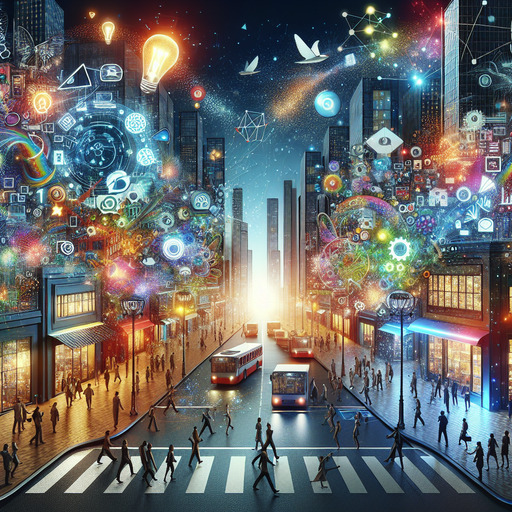
-
Table of Contents
Discover Stunning Web Design Examples for Modern Businesses! Explore Now
Introduction
In today’s digital age, a compelling online presence is crucial for businesses aiming to thrive in a competitive market. Modern web design plays a pivotal role in shaping this presence, blending aesthetics with functionality to create engaging user experiences. This introduction explores various web design examples that exemplify contemporary trends and best practices, showcasing how businesses can effectively communicate their brand identity, enhance user engagement, and drive conversions through innovative design elements. From minimalist layouts and responsive designs to interactive features and immersive visuals, these examples highlight the diverse strategies employed by modern businesses to captivate and retain their online audience.
Top 10 Web Design Examples for Modern Businesses: Elevate Your Brand with Cutting-Edge Web Design Services
In today’s digital age, a well-designed website is crucial for modern businesses aiming to establish a strong online presence. The right web design can elevate your brand, engage your audience, and drive conversions. To help you understand what makes a website truly stand out, we have compiled a list of the top 10 web design examples that exemplify cutting-edge web design services. These examples showcase a blend of aesthetics, functionality, and user experience, setting a high standard for what modern businesses should aspire to achieve.
1. Apple
Apple’s website uses minimalist design, clean lines, and high-quality visuals to create a visually appealing and user-friendly experience. Intuitive navigation and multimedia integration reflect the brand’s innovation and simplicity.
2. Airbnb
Airbnb’s user-centric design features a prominent search bar and personalized recommendations. High-resolution images and easy navigation ensure a seamless experience, allowing users to find accommodations effortlessly.
3. Dropbox
Dropbox showcases the power of simplicity with a clean layout and clear messaging. Subtle animations and interactive elements enhance user experience without overwhelming them, blending functionality with elegance.
4. Slack
Slack’s vibrant color scheme and playful design align with the brand’s identity. Clear calls-to-action and concise copy make the site easy to navigate, reflecting a professional yet approachable personality.
5. Tesla
Tesla’s sleek, modern design mirrors the innovation behind its products. High-quality visuals and smooth animations provide an immersive experience, perfectly aligning with the brand’s futuristic vision.
6. Spotify
Spotify emphasizes dynamic content and personalization. The homepage features curated playlists and user-specific recommendations, creating a tailored experience that keeps users engaged and coming back for more.
7. Squarespace
Squarespace demonstrates the power of visual storytelling. High-quality images and videos, combined with intuitive navigation, create a compelling narrative that showcases the platform’s features and benefits.
8. Mailchimp
Mailchimp’s bold typography and playful illustrations bring its website to life. The design is both functional and visually engaging, enhancing user understanding of the platform’s services.
9. Shopify
Shopify focuses on usability with a clean, organized layout and clear messaging. Intuitive navigation ensures users can quickly find the information they need, contributing to high conversion rates.
10. Adobe Creative Cloud
Adobe Creative Cloud uses multimedia elements like videos and animations to engage users. The interactive features provide an immersive experience, demonstrating the power of multimedia in modern web design.
In conclusion, these top 10 web design examples demonstrate the importance of aesthetics, functionality, and user experience in creating a successful online presence. By incorporating these elements into your web design, you can elevate your brand and engage your audience effectively.
Q&A
1. What are some examples of modern web design trends for businesses?
- Minimalistic Design: Clean, simple layouts with ample white space.
- Responsive Design: Ensuring websites are mobile-friendly and adapt to various screen sizes.
- Bold Typography: Using large, eye-catching fonts to make statements.
- Micro-Interactions: Small animations or design elements that engage users.
- Dark Mode: Offering a dark theme option for user comfort.
- Custom Illustrations: Unique, hand-drawn images to add personality.
- Video Backgrounds: Using videos as backgrounds to capture attention.
- Asymmetrical Layouts: Breaking the grid for a more dynamic look.
- 3D Elements: Incorporating 3D graphics for depth and interactivity.
- Voice User Interface (VUI): Integrating voice commands for navigation.
For more inspiration and tips on modern web design trends, visit Awwwards’ Web Design Inspiration.